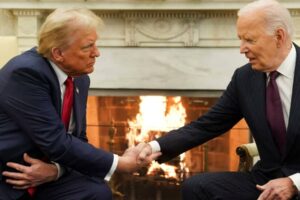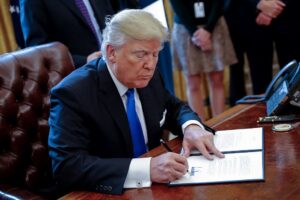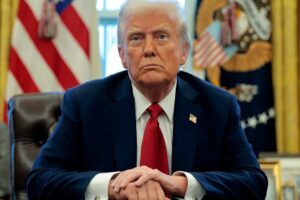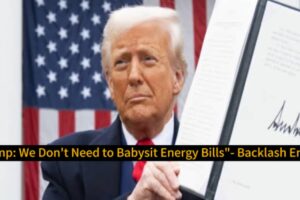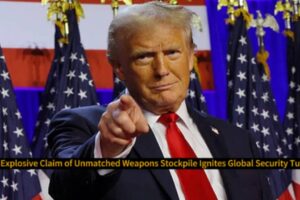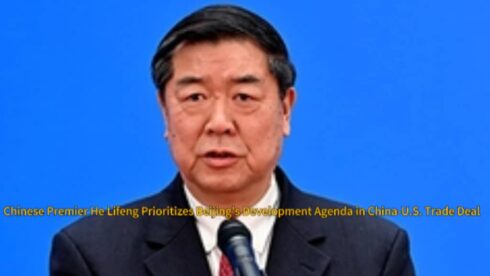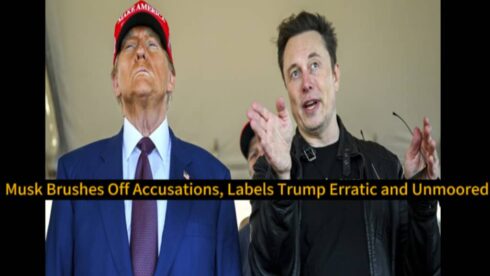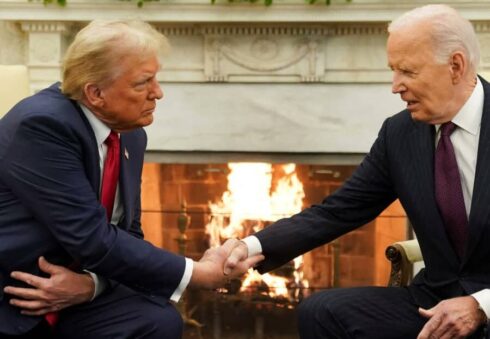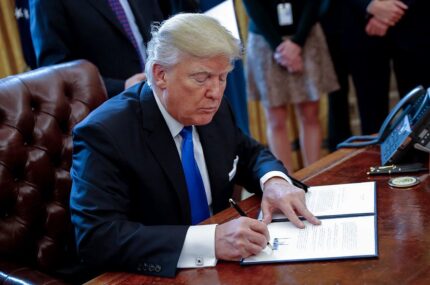China’s Vice Premier He Lifeng confirmed that Beijing and Washington have agreed to establish a bilateral “China-US Trade Consultation Mechanism,” marking a pivotal shift in the fraught relationship between the world’s two largest economies. Speaking during a high-level press briefing in Beijing, He emphasized that the newly-minted framework aims to institutionalize trade negotiations and defuse long-standing disputes, particularly in areas of tariffs, digital trade, and industrial subsidies.
He Lifeng underlined that the mechanism is not merely symbolic but structured with actionable tiers of engagement, including ministerial dialogues, technical committees, and a crisis response channel. According to him, the agreement was reached after months of secret deliberations and reflects a mutual desire to prevent trade hostilities from spiraling into broader geopolitical instability.
Deal Will Prioritize China’s Development, Not Just Diplomatic Optics
China’s Vice Premier He Lifeng insisted that any agreement struck under this new framework would be tailored to “serve China’s development interest first and foremost,” pushing back against suggestions that Beijing was yielding to Western pressure. He framed the mechanism as a strategic tool for managing “external expectations” while maintaining policy autonomy, particularly in core areas like semiconductor manufacturing and AI governance.
He Lifeng argued that the economic model pursued by China—state-guided capitalism with socialist characteristics—requires trade conditions that protect its sovereign development path. He also hinted that concessions on market access or intellectual property enforcement would only be entertained if they align with the Chinese Communist Party’s long-term modernization blueprint.
Washington’s Reception: Cooperation or Strategic Maneuvering?
China’s Vice Premier He Lifeng remarked on the U.S. response to the proposed mechanism, stating that “American negotiators have been cautiously receptive but are keen on mechanisms that deliver tangible results within 12 to 18 months.” This timeline has sparked speculation among analysts that Washington may be using the mechanism as a soft-power maneuver to delay direct economic decoupling.
He Lifeng warned that China remains alert to any “political posturing disguised as trade dialogue.” He acknowledged bipartisan skepticism in Washington, particularly among U.S. lawmakers who view any engagement with China as a potential national security risk. Nonetheless, he stressed that genuine cooperation must override domestic political theatrics on both sides.
Critics Blast the Mechanism as a Hollow Bureaucratic Theater
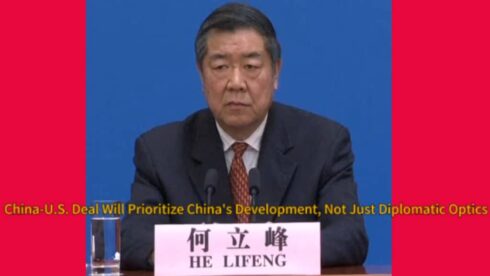
China’s Vice Premier He Lifeng faced immediate criticism from Chinese dissidents and international analysts, who argue that the mechanism may become “a bureaucratic loop with no accountability.” Detractors claim that similar initiatives in the past, such as the Strategic Economic Dialogue (SED) under Bush and Obama, yielded minimal substantive change and were often derailed by nationalistic rhetoric.
He Lifeng, however, dismissed such critiques as cynicism rooted in “ideological rigidity,” stating that today’s geopolitical context and the fragility of global supply chains necessitate a new kind of structured diplomacy. He promised that China would not use the mechanism as a smokescreen for avoiding structural reforms but emphasized that reforms must be self-directed, not externally imposed.
Technology and Energy Sectors to Dominate Initial Talks
China’s Vice Premier He Lifeng revealed that the first agenda under the consultation mechanism will focus on technology transfer rules, rare earth export controls, and the digital economy. He described these sectors as “non-negotiable pillars of national security and strategic advantage,” asserting that China would not tolerate coercive tactics disguised as regulatory alignment.
He Lifeng highlighted concerns over America’s CHIPS Act and the expansion of its export blacklist, which have restricted access to cutting-edge semiconductor tools. In response, he signaled Beijing’s intent to counterbalance these moves with parallel investments and countermeasures, but left the door open to technological collaboration under strict terms that protect China’s innovation sovereignty.
Global Markets React as Currency Volatility and Investor Anxiety Mount
China’s Vice Premier He Lifeng noted the immediate response of global markets, as news of the consultation mechanism triggered swings in the yuan and U.S. dollar indexes. While some traders welcomed the prospect of stabilized trade relations, others interpreted the announcement as a vague signal lacking enforceable metrics or deadlines, leading to capital flight from emerging markets.
He Lifeng attempted to calm investor nerves by reiterating that China would not compromise financial stability for diplomatic optics. He added that the People’s Bank of China would intervene if needed to maintain currency order and that the mechanism could help anchor medium-term investor expectations amid global economic turbulence.


